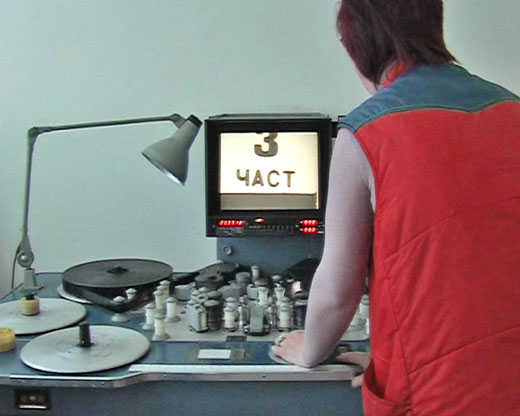Helene Sommer
A Tale of Stone and Wood
A Tale of Stone and Wood[1] takes its starting point in a small village in the Rhodopi Mountains in Bulgaria. I came across the place in a local travel guide, where it was referred to as the “Bulgarian Hollywood” (this I soon realized was a bit of an overstatement). The project was developed during a two-month residency in Sofia, Bulgaria. A Tale of Stone and Wood explores film production with regard to construction of history, national identity, and collective memory.
Kovachevitsa is a small village with narrow cobblestone alleys and quaint crooked houses resting on a steep hill with spectacular views of the Rhodopi Mountains. It was founded in the late seventeenth century and today has around 50 permanent residents. Through its geographical location in southwestern Bulgaria, between Greece and Macedonia, it has witnessed numerous crucial events to Bulgarian, as well as Balkan, history.
After the Communist coup of 1944 the area was restructured and the locals deserted the little village in favor of industrialized towns where there was work. It was rediscovered in the 1970s by “intellectuals”—meaning professors, writers, artists, and filmmakers—who turned several of the decaying houses into “country” homes. At the time, film production was an important part of the Socialist government’s program of reinforcing national identity. The film industry during this regime had a totalitarian structure based exclusively on state support and control. There were a series of epic films being made about Bulgarian history involving heroism and bravery, intended to create a collective proud memory of a nation and a past. Between 1977 and 2005, between 20 and 30 films used Kovachevitsa as its backdrop. They range from epic and folkloric works to historical and political films.
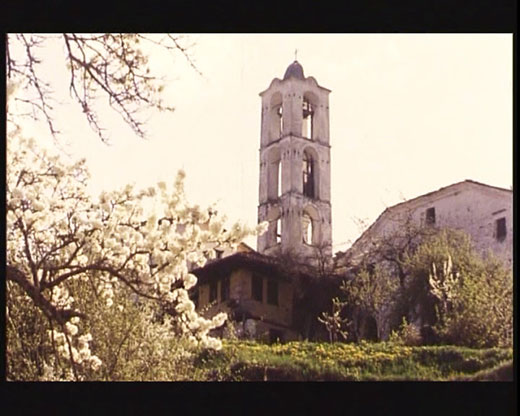
I tracked down twelve films shot in Kovachevitsa. One of the films, Manly Times (1977), is based on a romantic folkloric legend of a boy meeting a girl. Measure for Measure (1981), one of the most famous films in Bulgaria, is a film about revolutionary leaders turned heroes where “factual” history and mythology alternates. The film is set at the beginning of the twentieth century when Bulgaria was under Ottoman rule and Bulgarians joined Macedonian revolutionaries. The most recent film, Stolen Eyes (2005), addresses the repressive measures imposed by the state on Bulgaria’s Turkish minority population during the 1980s.
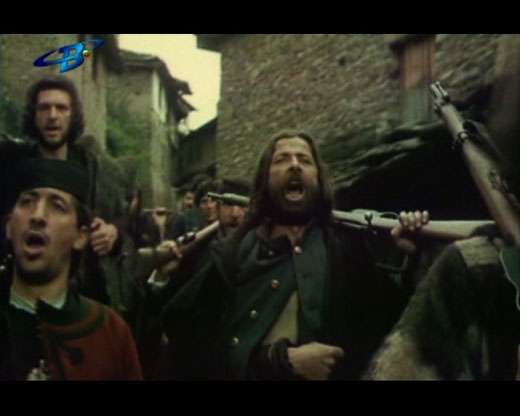
It is worth mentioning that since the fall of Communism, the distribution system of Bulgarian film has been more or less nonexistent. A few films were found in the Bulgarian film archive, which had to be viewed on a moviola. One of the main newspapers was another source of distribution, as they release a free DVD with the paper—usually an older Bulgarian classic—at regular intervals. A few pirated VHS copies were obtained from various sources and then of course there was the Internet.
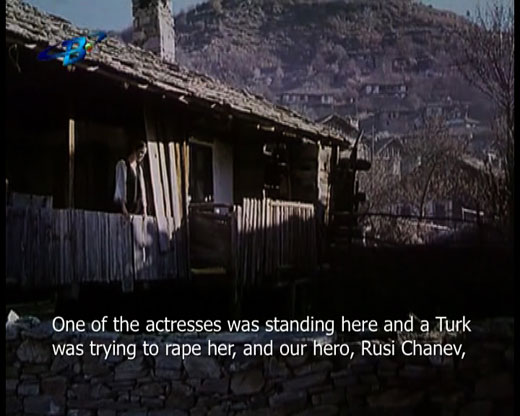
Only half of the films have English subtitles, so the rest were therefore simultaneously translated to me by a 24-year-old Bulgarian girl, Rady,[2] who assisted me throughout the project. I was fortunate enough to get in touch with one of the directors and cinematographers of several of the films shot in Kovachevitsa, Radislov Spasov, who still has a house in the village. Mr. Spasov, whom I would guess would be in his late sixties, spoke no English, but gave me a tour of the village and explained where the different films were filmed, what was old and what was a film set relic. Again, Rady translated everything to me.
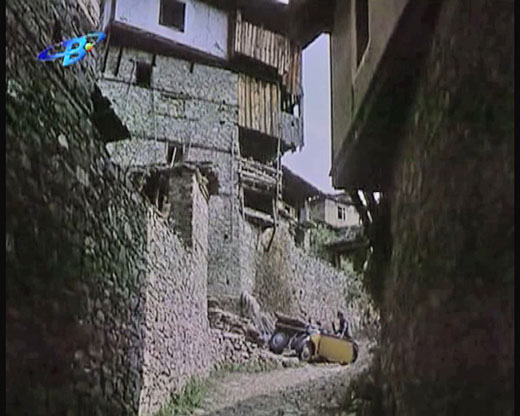
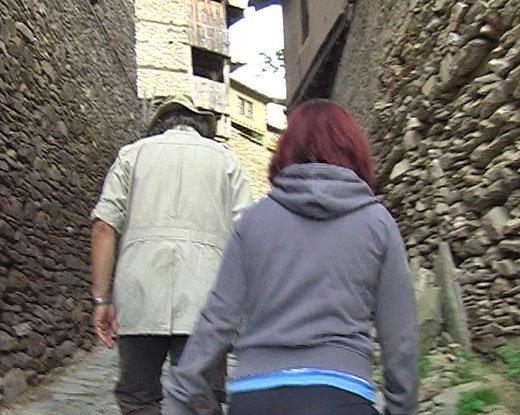
A Tale of Stone and Wood is a montage consisting of material from the twelve collected films combined with my own footage from the village. Most of the films collected are well known in Bulgaria. People of different demographics were asked to re-narrate, according to their own memory, whichever film they wanted of the ones I had collected. Re-narrate to me—a foreigner to Bulgarian history, culture, and language. The narrations, most of the time in English, but also in Bulgarian or German, included fragments from their own biography in order to explain the contents and the contexts of the films to me. The audio in A Tale of Stone and Wood is a montage combining the re-narrations and fragments from the simultaneous translations of the films. Memory and translation in regards to interpretation have been important factors in this work, which is less about a concrete geographical location and more about the ingredients of an after image.
